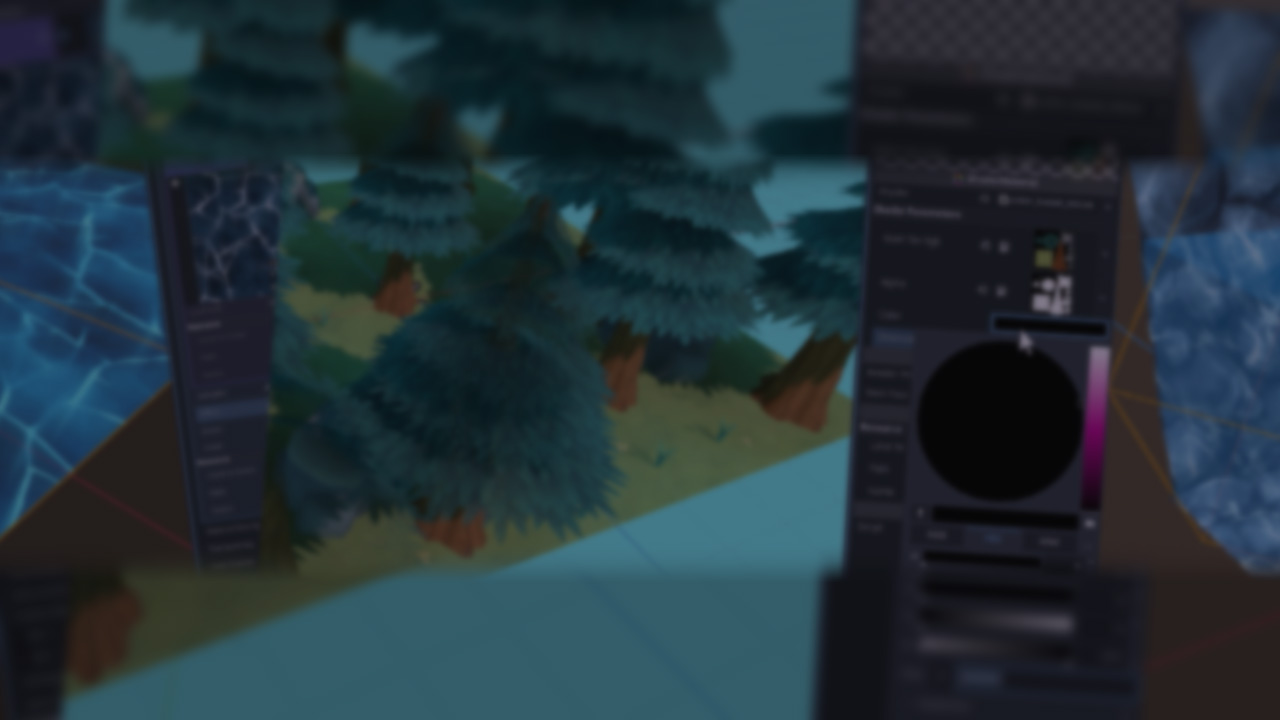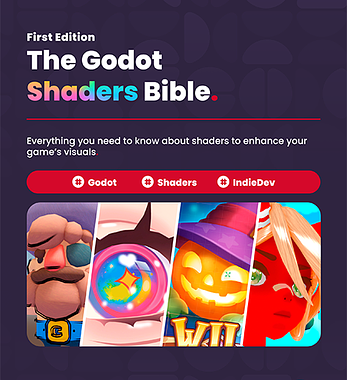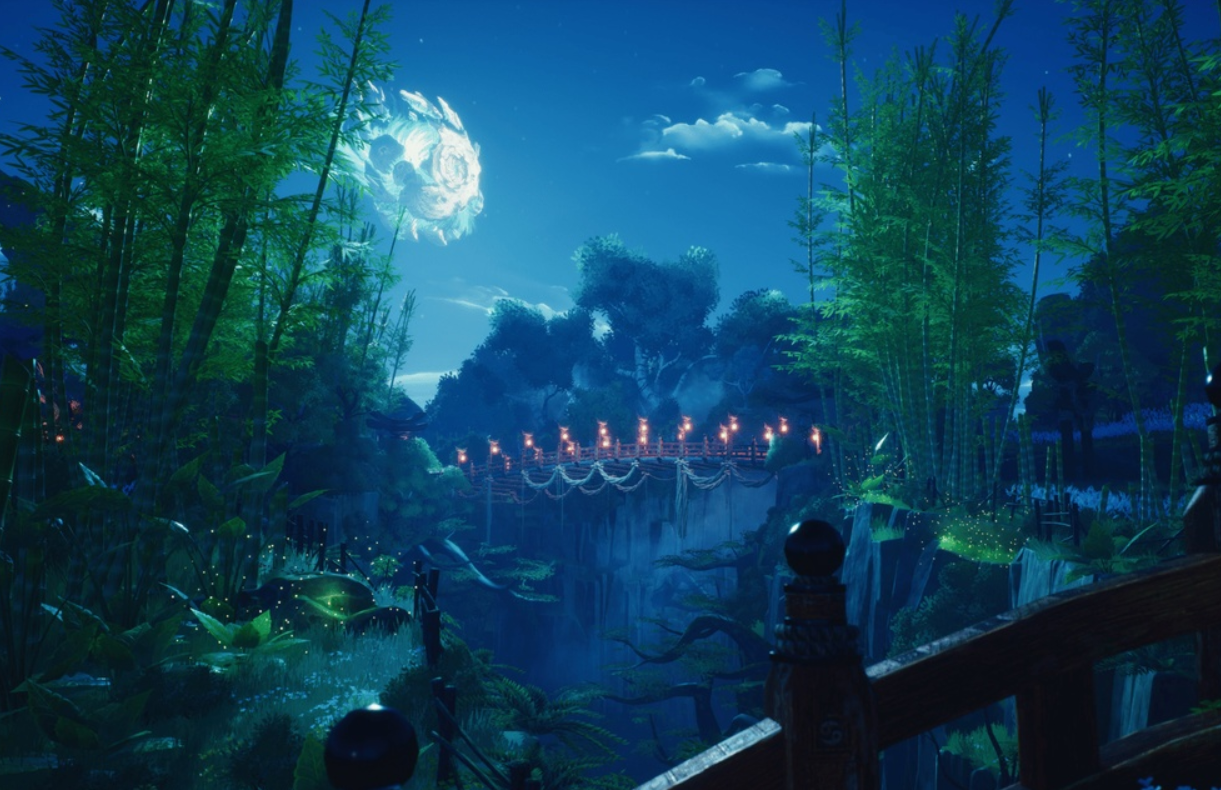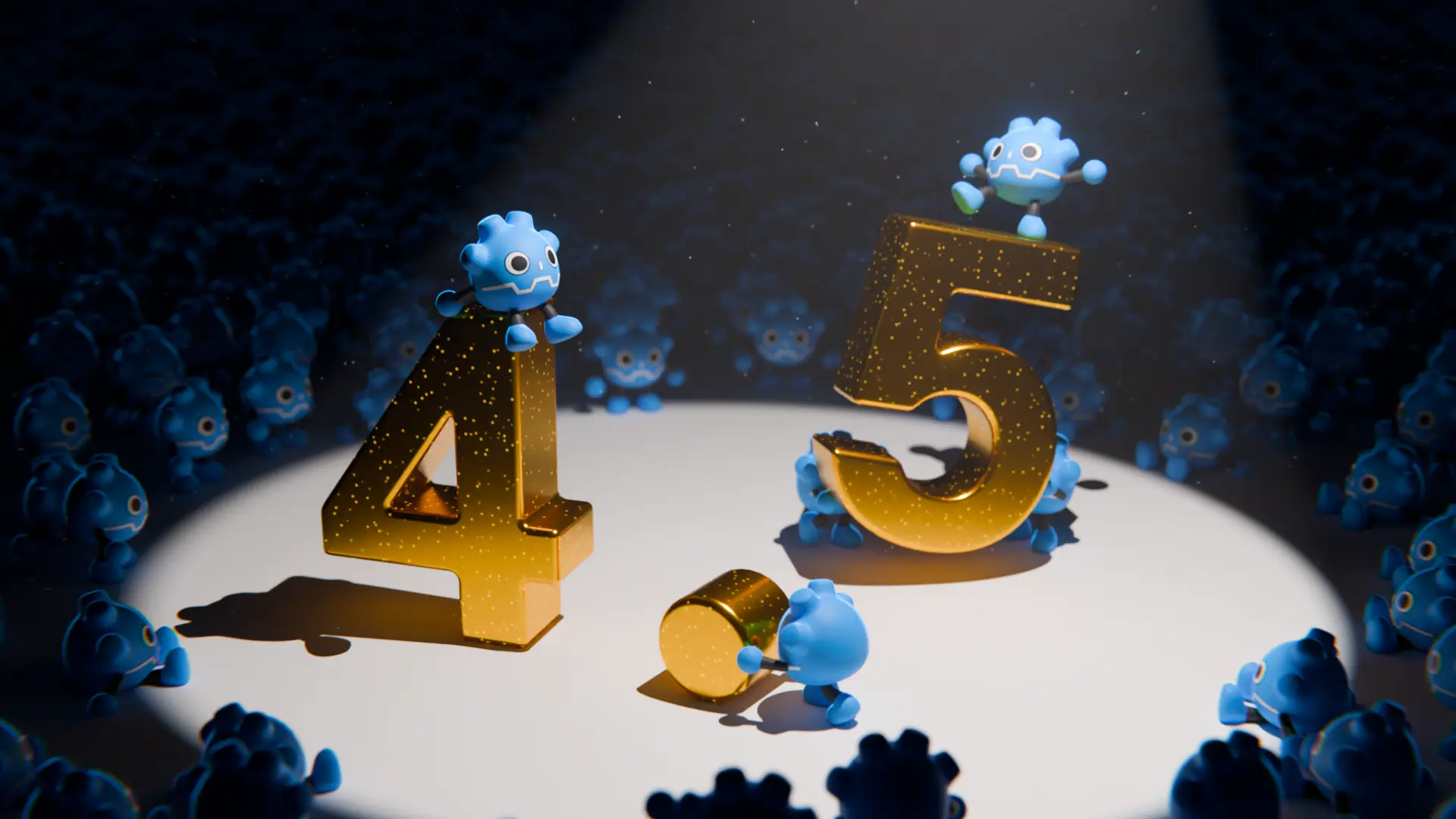More techniques, more shaders, more vfx!
Although we’re still working on the second chapter of the Godot Shaders Bible, there are already exciting plans for what’s coming next: transparency-based depth, projection using quaternions, multilayer texturing, and much more!
It’s worth mentioning that many of these effects were selected based on feedback from our followers and suggestions from various social media posts.
For the transparency-based depth effect, we’ll cover how to calculate the distance between the camera and the vertices to generate a grayscale mask that can be used in the alpha channel. We’ll also show you how to add textures or filters to create smooth transparency transitions.
In the quaternion section, you’ll learn how quaternions are implemented in GLSL. The goal is to rotate a projection based on light direction — a powerful technique that opens up many creative possibilities.
In the multilayer texturing section, you’ll learn how to generate depth based on the camera view. This technique is similar to what we explored in Section 1.7, where we used camera view-based layers to simulate depth on an eye. This time, we’ll expand the concept for broader VFX applications.
But when will this content be added?
Our plan is to include these new effects in Chapter 4 — except for the quaternion section, which is scheduled for Chapter 3. Chapter 4 will focus entirely on advanced shader techniques and VFX, and we expect it to be the largest chapter in the book.
Curious?
Check out our current books in development — you might find the exact topic you’ve been wanting to explore. And if not, send us a suggestion! Who knows? It could be the focus of our next release.
Jettelly wishes you success in your professional career!
Did you find an error? No worries!
Write to us at [email protected], and we'll fix it!






